Concentrated resources
According to the Government's Action Program to implement Resolution No. 71-NQ/TW of the Politburo, the Ministry of Education and Training is assigned to develop a project to develop 3 to 5 elite universities following the model of world-class research universities, with the mission of training national talents. In addition, the Ministry of Education and Training presides over and coordinates with relevant agencies to deploy the strategic framework for higher education development for the period 2026 - 2035, with a vision to 2045.
At the same time, the Ministry will develop a project to reorganize and restructure the higher education system, merging or dissolving substandard units. Some research institutes can also be merged into universities, in order to form strong training and research centers, ensuring streamlined and effective management.
According to Dr. Nguyen Quang Tiep - Director of the Institute for International Economic Training Research, the Government's direction on reviewing, arranging and restructuring the higher education and vocational education (VET) system is a turning point decision.
According to him, merging or dissolving substandard training facilities is not a simple administrative measure, but a necessary purge to make the system more streamlined, healthy and effective. In the field of vocational education, this is a golden opportunity to create key facilities, truly "elite vocational schools".
“Instead of spreading investment, resources will be focused on merged and restructured schools to become high-quality training centers with sufficient capacity in terms of teaching staff, facilities and modern equipment,” said Dr. Tiep. “These schools will play a leading role, leading the updating of training programs according to international standards, piloting new training models directly linked with businesses and becoming a place to provide high-tech human resources for key economic sectors such as semiconductor industry, renewable energy, logistics and high-tech agriculture .”
Looking further, this restructuring must go hand in hand with a fundamental change in social thinking about vocational training. A streamlined, high-quality vocational education system with prestigious vocational schools and modern training programs will be the most convincing evidence to attract good students and investment from businesses.
At that time, vocational education is no longer a second choice, but becomes a promising career path, parallel and complementary to the elite university system. “Schools must change and renew themselves to meet the requirements of human resource competition in the new period,” Mr. Tiep affirmed.

Developing elite universities of international standards
Regarding the goal of developing 3-5 elite universities of international standard, following the national model of research and talent training, many education experts consider it feasible and urgent.
Associate Professor Dr. Thai Ba Can - Rector of Gia Dinh University, assessed that for many years, investment in higher education in Vietnam has been low and scattered, lacking breakthroughs. Focusing on developing 3-5 key universities will create conditions for the formation of "main machines" in human resource training and scientific research, thereby nurturing talents to serve national development.
He emphasized that an elite university must first gather a team of good lecturers and have a modern research system to ensure teaching quality and promote science and technology at the same time. In such an environment, students can study according to international standards, reducing financial burdens or job worries, while lecturers have favorable conditions to be creative and contribute.
From another perspective, MSc. Pham Thai Son - Director of the Admissions and Communications Center, Ho Chi Minh City University of Industry and Trade, said that it is necessary to prioritize investment in prestigious universities, instead of spreading it out.
“The government should order research on new technologies and high-quality intellectual projects for large, prestigious higher education institutions. Developing elite universities is a long-term story, requiring steadfast policies, strong financial resources and a clear strategy for key industries. If done well, Vietnam can form research universities on par with the region, contributing to raising the country’s position on the global knowledge map.

Planning and reorganizing the weak university system
One of the important tasks of the Action Program to implement Resolution 71 is to develop and implement a project to reorganize and restructure the higher education system. Associate Professor, Dr. Thai Ba Can said that there are universities that meet the criteria in terms of scale or teaching staff but cannot attract students, so restructuring is needed.
On the contrary, there are schools that do not fully meet the standards in terms of facilities or human resources, but play a special role in providing human resources for the locality, so careful consideration is needed. “The most important thing is that the system must aim towards a common goal, training human resources that society really needs,” he said.
According to Associate Professor Dr. Thai Ba Can, it is possible to consider converting some local universities into community colleges - a model that is popular in many countries. This model both provides vocational training, provides general knowledge, and creates a pathway to university. "That way, it takes advantage of existing facilities and meets the needs of local human resources, instead of maintaining branches and university titles but operating ineffectively," he analyzed.
Dr. Nguyen Quang Tiep said that the process of merging and dissolving training institutions must be based on transparent and scientific criteria, such as the rate of students having jobs, the level of satisfaction of businesses, and the capacity for applied research. “If there are no clear and transparent criteria, the merging and dissolving process can easily become mechanical and administrative. This can lead to the loss of institutions that have special values in some localities or narrow training sectors,” Dr. Tiep said.
According to education experts, the restructuring of the higher education and vocational education system is only the first step. More importantly, it must be a process of creation to form a streamlined and efficient network of operations, playing a core role in developing high-quality human resources and promoting national innovation.
According to Master Pham Thai Son, building elite universities requires clearly identifying which schools will receive focused investment. He believes that priority should be given to the two National Universities of Hanoi and Ho Chi Minh City, because these are institutions with foundation, prestige and development potential.
“Investment must be directed towards research and development of the latest technology, focusing on quality rather than chasing after enrollment numbers. When it comes to research and innovation, we must immediately think of national universities,” Master Son suggested.
Source: https://giaoducthoidai.vn/sap-xep-lai-he-thong-giao-duc-dai-hoc-kien-tao-nen-mong-tinh-hoa-post750470.html






![[Photo] Hanoi morning of October 1: Prolonged flooding, people wade to work](https://vphoto.vietnam.vn/thumb/1200x675/vietnam/resource/IMAGE/2025/10/1/189be28938e3493fa26b2938efa2059e)

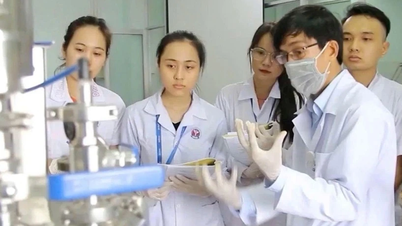


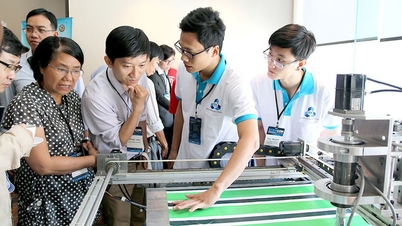

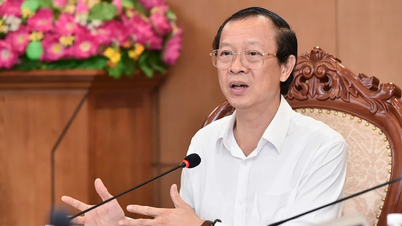
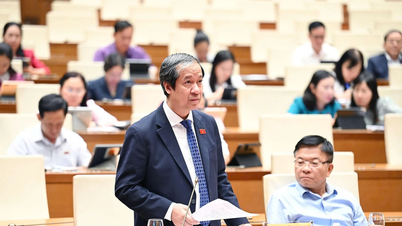

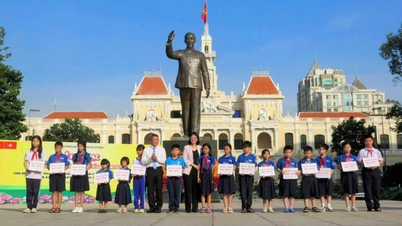

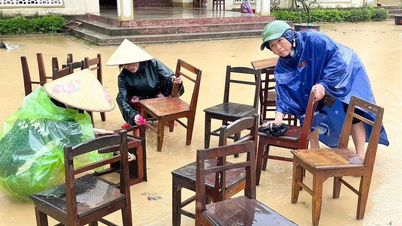
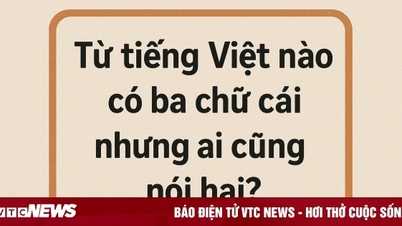

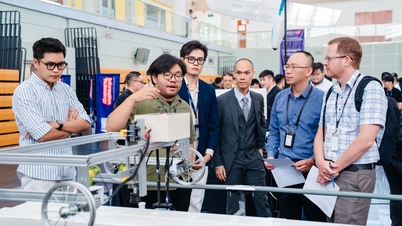
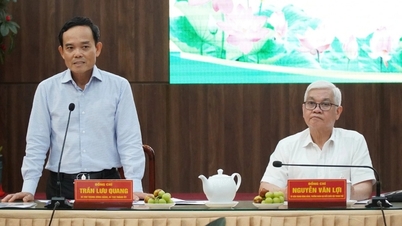

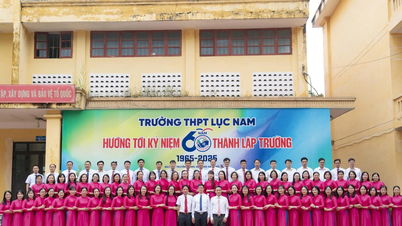




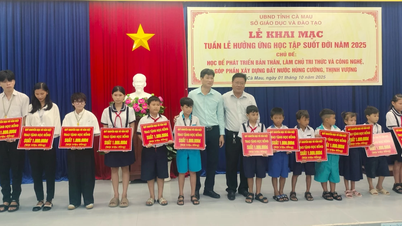


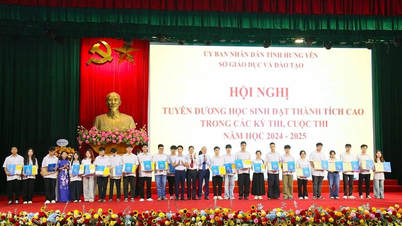


![[Photo] Panorama of the cable-stayed bridge, the final bottleneck of the Ben Luc-Long Thanh expressway](https://vphoto.vietnam.vn/thumb/1200x675/vietnam/resource/IMAGE/2025/9/30/391fdf21025541d6b2f092e49a17243f)
![[Photo] President Luong Cuong receives President of the Cuban National Assembly Esteban Lazo Hernandez](https://vphoto.vietnam.vn/thumb/1200x675/vietnam/resource/IMAGE/2025/9/30/4d38932911c24f6ea1936252bd5427fa)























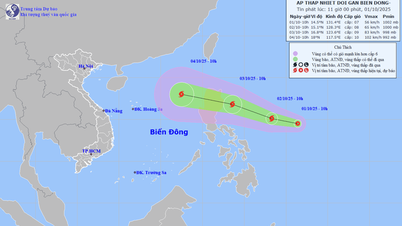
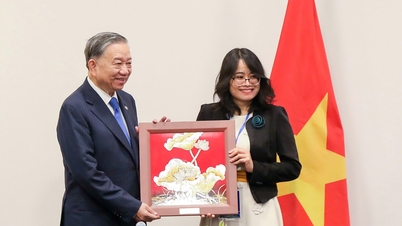

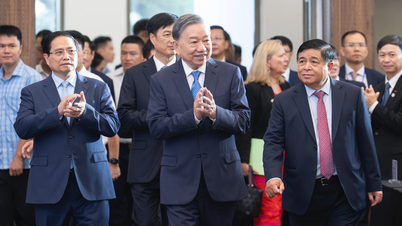





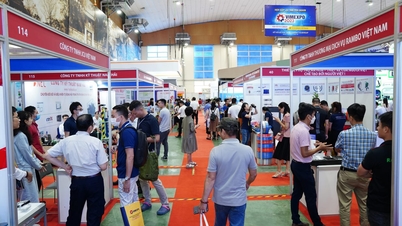






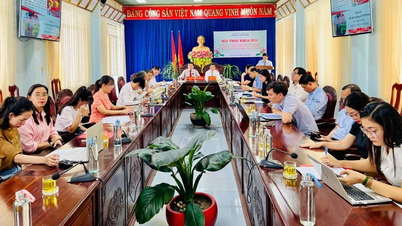


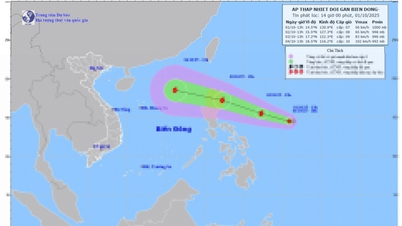
















Comment (0)